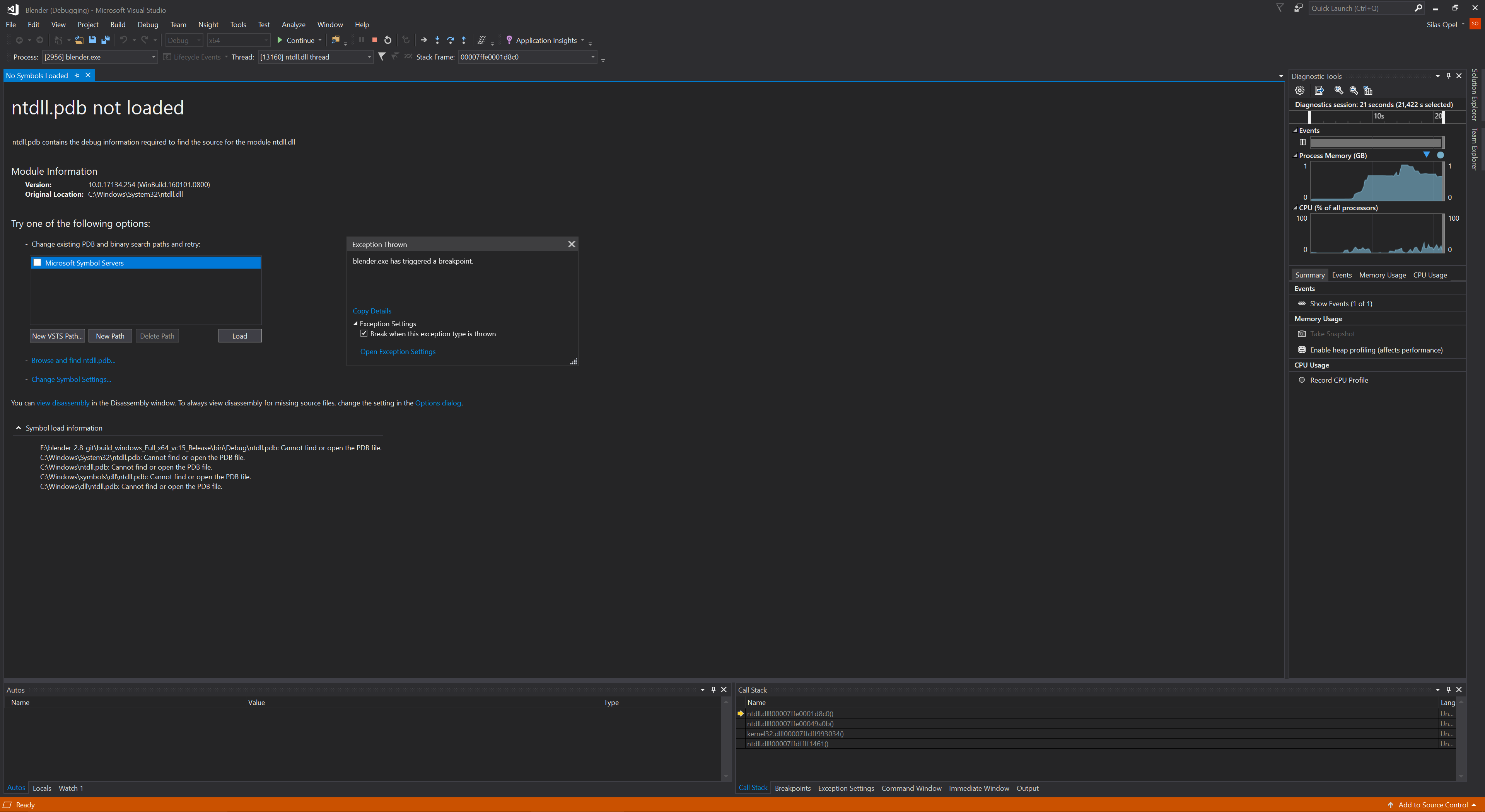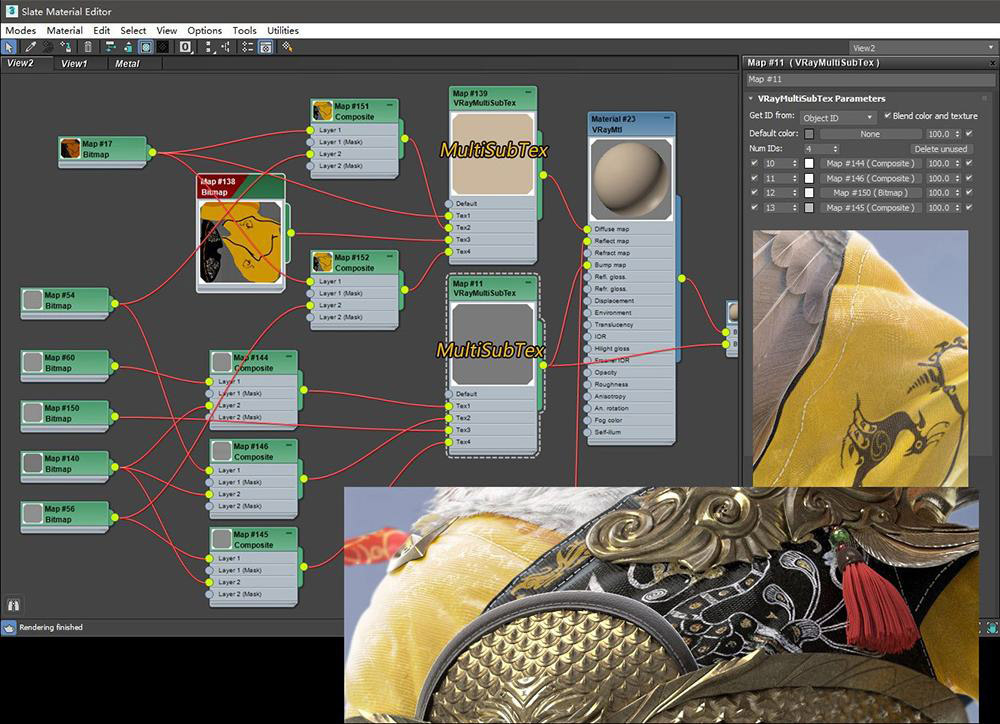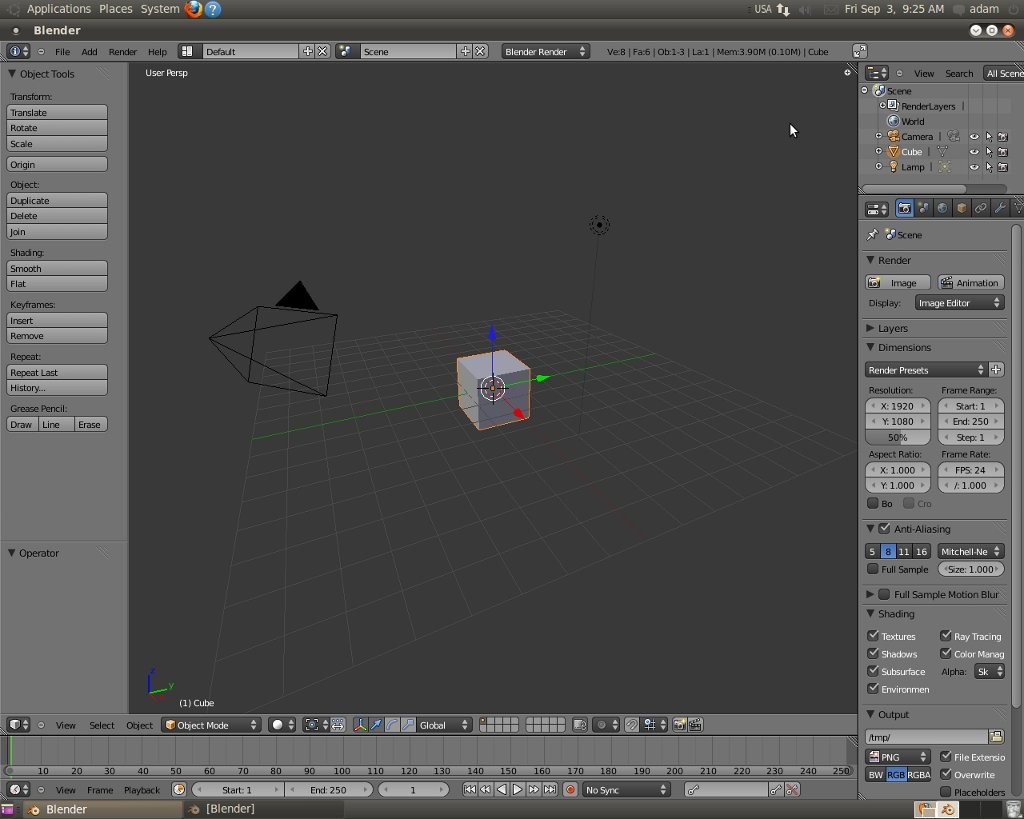
This marquee selection tool will ensure that only that particular area is rendered. You can do this by pressing “Shift + B” and dragging on the camera window.

Tip #2: Do Selective RenderingĪn easy way to speed up the rendering process is to stop rendering the entire image and start rendering only the region of the image that interests us most at that specific moment. Keep in mind that obtaining fewer samples will affect the quality of the final product, so it’s best to use this method for web-only projects instead of those that require viewing on larger screens. While using as many samples as possible allows Blender to create clearer images and models, each new sample means another second to work on rendering it.īy limiting the number of samples, you can greatly reduce your rendering time. To eliminate render wait times, you might consider investing in multi-core processors and GPUs with a high CUDA core count.īefore you go out and buy expensive upgrades to your existing hardware, here are a few suggestions to help you minimize your rendering times.

However, beyond its popularity, Blender still has one major drawback for users: It can take a really long time to render projects when finalizing an intensive project.īlender is able to use your computer’s central processing unit (CPU) or graphics card (GPU)-or both-for rendering. Many creators, and professionals are creating contents and publishing courses in Blender community to help them while they are adopting Blender to their workflow. Not only allow users to create 2D objects or characters and animate them to obtain 3D models, but Blender also has a strong community of artists and computer scientists behind it, constantly improving the code to deliver powerful software without the hefty price tag.


Blender is an open-source 3D modeling and animation software often used by animation artists, product designers, and game creators.


 0 kommentar(er)
0 kommentar(er)
